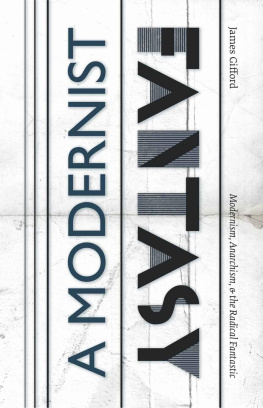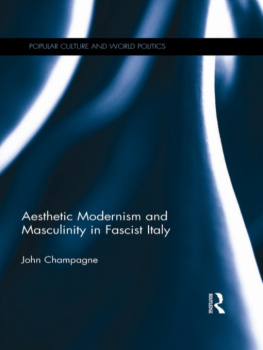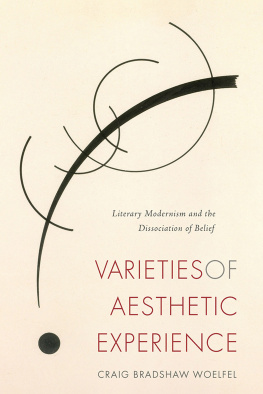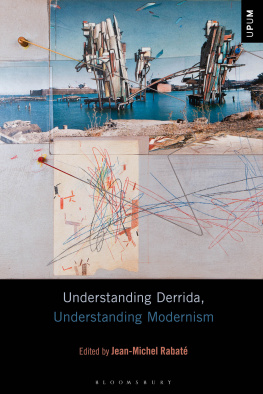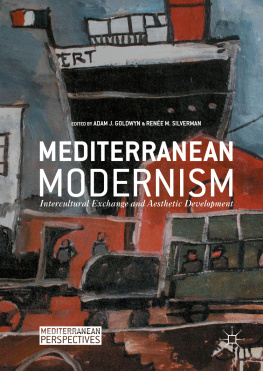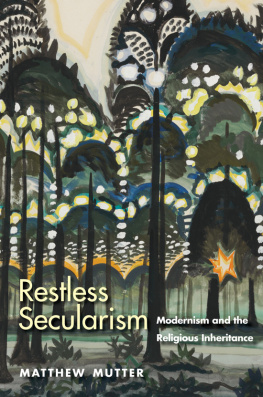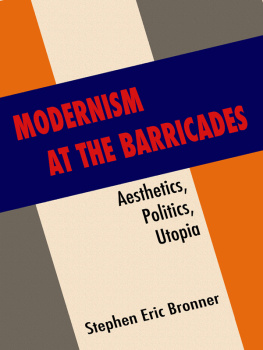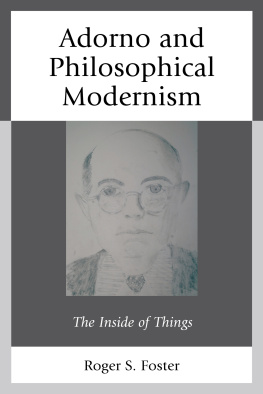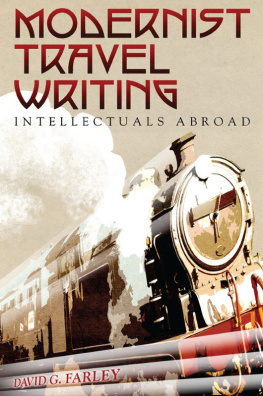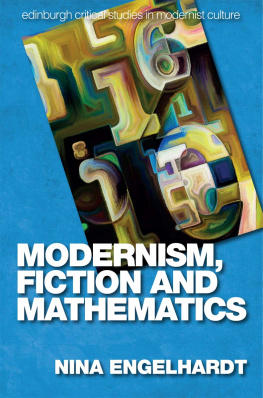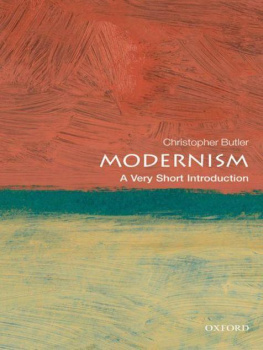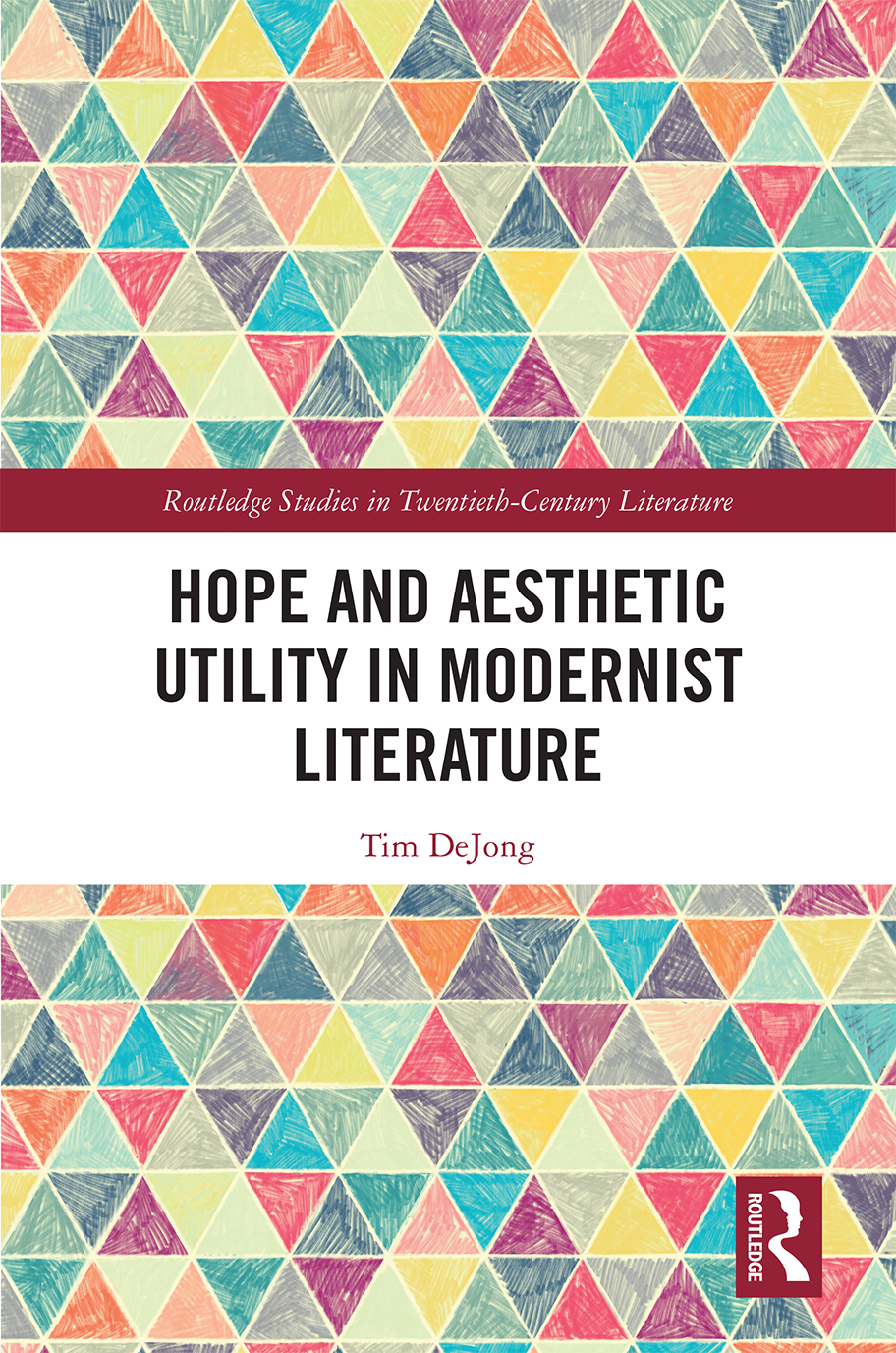Hope and Aesthetic Utility in Modernist Literature
Hope and modernism are two words that are not commonly linked. Moving from much-discussed negative affects to positive forms of feeling, Hope and Aesthetic Utility in Modernist Literature argues that they should be. This book contends that much of modernist writing and thought reveals a deeply held confidence about the future, one premised on the social power of art itself. In chapters ranging across a diverse array of canonical writers Henry James, D.W. Griffith, H.D., Melvin Tolson, and Samuel Beckett this text locates in their works an optimism linked by a common faith in the necessity of artistic practice for cultural survival. In this way, the famously self-attentive nature of modernism becomes a means, for its central thinkers and artists, of reflecting on what DeJong calls aesthetic utility: the unpredictable, ungovernable capacity of the work of art to shape the future even while envisioning it.
Tim DeJong received his PhD in English at Western University and is currently employed as a lecturer in the English Department at Baylor University. His academic essays have been published in Modernist Cultures, Research in African Literatures, College Literature, Texas Studies in Literature and Language, and English Studies in Canada. His poetry appears in Rattle, Roanoke Review, Booth, Kindred, Nomadic Journal, Common Ground Review, and other journals. He lives with his wife and three children in Woodway, Texas.
Routledge Studies in Twentieth-Century Literature
64 Theatre-Fiction in Britain from Henry James to Doris Lessing
Writing in the Wings
Graham Wolfe
65 The Nationality of Utopia
H. G. Wells, England, and the World State
Maxim Shadurski
66 New Oceania
Modernisms and Modernities in the Pacific
Edited by Matthew Hayward and Maebh Long
67 French Thought and Literary Theory in the UK
Edited by Irving Goh
68 Twentieth-Century Literary Encounters in China
Modernism, Travel, and Form
Jeffrey Mather
69 Twentieth-Century American Fiction in Circulation
Short Stories Written for Magazines and Republished in Linked Story Collections
Matthew James Vechinski
70 Baroque Lorca
An Archaist Playwright for the New Stage
Andrs Prez-Simn
71 Hope and Aesthetic Utility in Modernist Literature
Tim DeJong
For more information about this series, please visit: https://www.routledge.com
First published 2020
by Routledge
52 Vanderbilt Avenue, New York, NY 10017
and by Routledge
2 Park Square, Milton Park, Abingdon, Oxon, OX14 4RN
Routledge is an imprint of the Taylor & Francis Group, an informa business
2020 Taylor & Francis
The right of Tim DeJong to be identified as author of this work has been asserted by him in accordance with sections 77 and 78 of the Copyright, Designs and Patents Act 1988.
All rights reserved. No part of this book may be reprinted or reproduced or utilized in any form or by any electronic, mechanical, or other means, now known or hereafter invented, including photocopying and recording, or in any information storage or retrieval system, without permission in writing from the publishers.
Trademark notice: Product or corporate names may be trademarks or registered trademarks, and are used only for identification and explanation without intent to infringe.
Library of Congress Cataloging-in-Publication Data
A catalog record for this title has been requested
ISBN: 978-0-367-86127-8 (hbk)
ISBN: 978-1-003-01705-9 (ebk)
Typeset in Sabon
by codeMantra
For my mother, Margaret, and in memory of my father, Jack
Copyright Acknowledgments
AESTHETIC THEORY by Theodor W. Adorno, translated by Robert Hullot-Kentor. English translation copyright 1997 by the Regents of the University of Minnesota. Original, German-language, edition copyright 1970 by Suhrkamp Verlag. Used by permission of University of Minnesota.
Death, translation copyright 1982 by Stephen Mitchell; from SELECTED POETRY OF RAINER MARIA RILKE by Rainer Maria Rilke, edited and translated by Stephen Mitchell. Used by permission of Random House, an imprint and division of Penguin Random House LLC. All rights reserved.
H.D. (Hilda Doolittle), from TRILOGY, copyright 1945 by Oxford University Press; Copyright renewed 1973 by Norman Holmes Pearson. Reprinted by permission of New Directions Publishing Corp.
The Graves from RAPTUS by Joanna Klink, copyright 2010 by Joanna Klink. Used by permission of Penguin Books, an imprint of Penguin Publishing Group, a division of Penguin Random House LLC. All rights reserved.
Among artists of the highest rank, such as Beethoven or Rembrandt, the sharpest sense of reality was joined with estrangement from reality; this, truly, would be a worthwhile object for the psychology of art. It would need to decipher the artwork not just as being like the artist but as being unlike as well, as labor on a reality resisting the artist. If art has psychoanalytic roots, then they are the roots of fantasy in the fantasy of omnipotence. This fantasy includes the wish to bring about a better world.
Theodor W. Adorno, Aesthetic Theory,
translated by Robert Hullot-Kentor
There stands death, a bluish distillate
in a cup without a saucer. Such a strange
place to find a cup: standing on
the back of a hand. One recognizes clearly
the line along the glazed curve, where the handle
snapped. Covered with dust. And HOPE is written across
the side, in faded Gothic letters.
Rainer Maria Rilke, Death, from The Selected Poetry
of Rainer Maria Rilke, translated by Stephen Mitchell
This book has been about six years in the making. While writing is a solitary pursuit, many of the ideas in these pages were tested and honed through conversations with colleagues and friends as the manuscript developed. Some of the individuals who were influential in shaping the direction of the book may not even be aware of the role they played in its creation. As guest editor for a 2014 special issue of Research in African Literatures, Yogita Goyal suggested that the concept of hope was central to my essay on Melvin Tolson (later to become this books fourth chapter) and should be foregrounded. This observation led me, indirectly, to this books main topic and argument.
I first tried out the term aesthetic utility in a non-academic setting, springing it on Andrew C. Wenaus, whose response, while he may no longer recall it, was typically generous and helpful. While I studied and taught at Western University, when this book barely existed except as a distant possibility, Stephen Adams, Joshua Schuster, Rasmus Simonsen, Michael Sloane, and Andrew Wenaus offered thoughtful advice and ideas. At Baylor University, where almost the whole of this book was written, I have benefited from discussions with many friends and colleagues. Julia Daniel, Alex Engebretson, Tara Foley, Alex Holznienkemper, and Bill McDonald provided welcome intellectual engagement on matters including, but not limited to, this books topic. I especially want to thank Kevin Gardner for his unfailing support and encouragement and Richard Russell for his mentorship and keen critical eye. Im grateful to the Department of English at Baylor University for a grant that helped to fund the research for this book and to the College of Arts and Sciences at Baylor University for granting me a 2016 Summer Research Sabbatical, which was spent in part on writing a chapter of this manuscript. Jeff Morris has been a constant friend and dependable source of insight; our conversations have consistently stimulated and enriched me. My editors at Routledge, Michelle Salyga and Bryony Reece, have been helpful at every step of the way in seeing this book to fruition.


